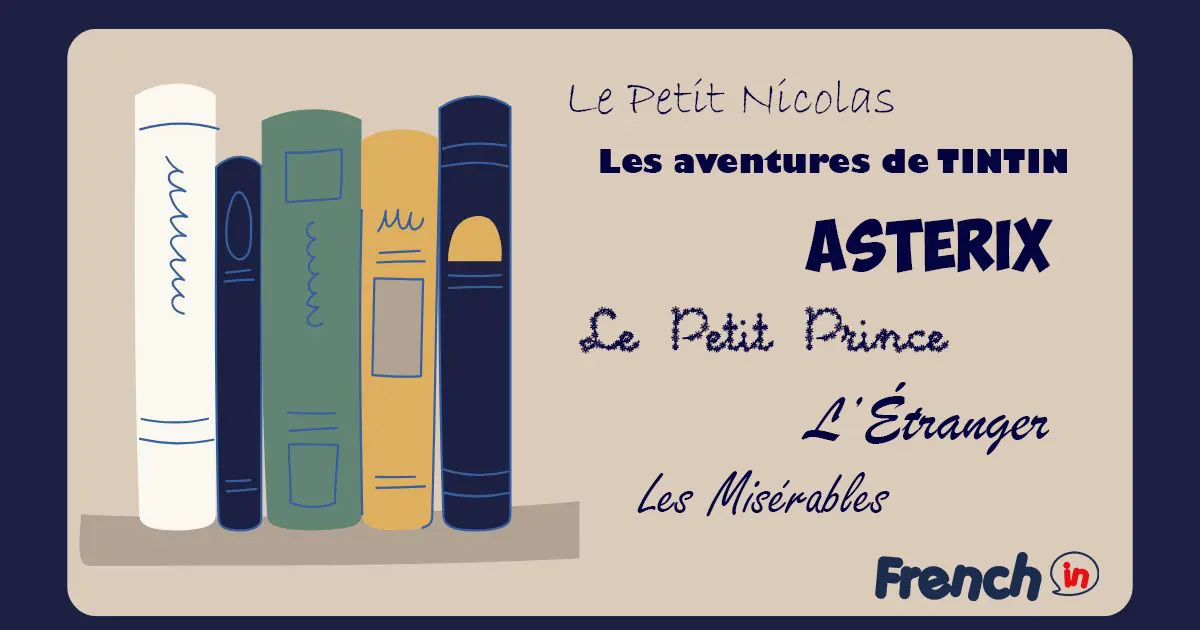Whether you’re visiting France or living here long-term, mastering social interactions is key to feeling confident and welcome. This guide is designed for French learners who want to go beyond grammar books and dive into real-life communication. Learn how to greet people, understand subtle social cues, and use language in context, just like the French do.
Want to feel at ease in everyday conversations and make real connections in France? Our immersive French language classes will help you get there—naturally and confidently.
Navigating social life in France takes more than just speaking the language : it’s about understanding the unwritten rules that shape everyday interactions. From the first bonjour to the way you say goodbye, gestures, tone, and even silence carry meaning. Whether you’re greeting someone with la bise, choosing between tu or vous, or trying to decode a polite but indirect reply, knowing how to interact the “French way” helps you connect more naturally. In this article, we’ll explore how to greet properly, how to read between the lines in conversation, and how to adapt your speech to different contexts and relationships. Small details, big differences : here’s what you need to feel more at ease in French social settings.
How do you greet someone in France ?
In France, greetings are expected ! Whether you’re entering a bakery, stepping into a doctor’s office, or walking into a small shop, saying Bonjour (or Bonsoir in the evening) is not optional. This simple word is considered the minimum expression of respect and recognition. Even when passing a stranger in a hallway or entering a waiting room full of unfamiliar faces, not greeting can come across as cold, or even rude.It doesn’t mean you need to stop and chat : a quick “Bonjour” while walking past someone is enough. And when leaving, don’t forget a warm Au revoir, Bonne journée, or Bonne soirée to signal the end of the interaction.
In more personal contexts : meeting friends of friends, greeting family members, or reconnecting with familiar colleagues, verbal greetings are often accompanied by gestures. The most iconic? La bise, the famous French cheek kiss ! To outsiders, it can feel surprisingly intimate, but to the French, it’s as ordinary as a handshake. Typically, it involves a light cheek-to-cheek touch, starting on the right, with a gentle kissing sound. The number of kisses varies by region : two is standard, but in parts of the South or West, three or even four may be common.
In formal or professional environments, however, the handshake reigns. It’s brief, firm without being aggressive, accompanied by eye contact and a polite Bonjour Madame or Bonjour Monsieur. During first-time introductions, you might also hear Enchanté(e) :“Nice to meet you”, followed by a parting À bientôt or Bonne journée.
Among younger people, the codes are more relaxed. La bise still exists, but casual hugs, a wave, a “check” (a friendly fist or palm tap), or an informal Salut ! Ça va ? are increasingly common. If someone is too far away to approach, you might see a raised hand paired with a cheerful Salut or À plus !.
When in doubt, simply follow the other person’s lead. And remember: a sincere Bonjour with a smile and open body language is always the right way to start.
Reading between the lines : understanding French communication
Understanding spoken French goes far beyond vocabulary and grammar. Much of what’s truly being communicated lies in tone, body language and what remains unsaid. French communication is often subtle, layered, and full of nuance. Beneath a simple sentence may lie irony, criticism, affection, or humor. To follow along, you need to listen not just with your ears, but with your eyes and intuition.
A hallmark of everyday spoken French is the frequent use of filler words, little sounds that add hesitation, emotion, or attitude. Words like euh indicate a pause to think (similar to “uh” in English), while bah might suggest something is obvious, irritating, or reluctant depending entirely on tone. Ben… often precedes a vague or uncertain reply, and bof signals indifference, a kind of verbal shrug. A teenager saying “Bof” might be expressing boredom, disappointment, or simply a lack of interest without needing to say more.
A quick raised eyebrow might suggest disbelief; a small shrug can mean indifference or uncertainty. These gestures are rarely exaggerated : they’re often discreet, almost instinctive, but deeply meaningful to those who know how to read them.
Some phrases also take on new shades depending on tone. For example, “D’accord” can mean enthusiastic agreement, mild resignation, or quiet disagreement, all depending on how it’s said. A flat Si tu veux… often means “Fine, but I don’t really agree,” while On verra (“We’ll see”) often means “Probably not,” without shutting the door completely.
French also favors understatement and irony, often delivered so dryly it can be hard to catch. Saying C’est malin, ça (“That’s clever, this”) after a mistake usually means the opposite. Likewise, calling something pas mal (“not bad”) can actually be high praise.
Disagreement, too, is rarely blunt. Rather than saying they disagree, someone might hedge: Je ne suis pas sûr que ce soit une bonne idée… This isn’t about avoiding the truth, it’s about delivering it with subtlety : a form of conversational diplomacy. In French conversation, the real message often happens between the lines : what is said is only part of the message and how it’s said often matters even more. For more on French communication and cultural codes, check out this guide by Paris Saclay university.
Tu or vous? Adapting your language in France
Speaking French means more than just using the right vocabulary : it’s about understanding social codes. One of the clearest examples is the use of tu and vous, the two ways of saying “you.” While this may seem like a simple grammar rule, it actually reveals your relationship, your level of familiarity, and your understanding of social norms. Choosing the wrong form can make a conversation feel awkward or even disrespectful.
Vous is the default form of address in any formal or professional context and the safest option when you’re unsure of the relationship dynamic. It shows respect and creates a polite distance between people. It’s used to address strangers, professionals, authority figures, and anyone older than you. Starting with vous shows that you understand the social boundaries in place, that you’re not assuming an intimacy that hasn’t yet been established.
Tu, on the other hand, is reserved for more intimate, familiar contexts : friends, family and people of the same age. Among young people, tu is more common and can be adopted quickly, especially in informal settings like university or social gatherings. In some workplaces or creative environments, tu can become the norm over time, but the transition is rarely spontaneous. It’s often preceded by a mutual agreement, an explicit “On peut se tutoyer ?”. The key is not to guess but to observe. Listen to how the person speaks to you. If they switch to tu, you’re usually free to do the same. If not, continue with vous.
Beyond pronouns, the French tend to adapt their tone, vocabulary, and formality depending on who they’re speaking to. With friends, the language becomes casual, full of slang or affectionate expressions. In formal contexts, it’s more restrained, structured, and polished. Oversharing or jumping into first-name terms too quickly can feel intrusive, especially in professional or unfamiliar situations. Respect is earned progressively. Understanding the tu/vous divide isn’t just about pronouns : it’s about navigating relationships with tact and showing that you know when to step back and when to come closer.
Understanding how the French communicate through words, tone, gestures, and formality opens the door to more authentic interactions. From a well-placed Bonjour to the subtle art of the bise, from decoding a shrug to knowing when to say tu, it’s a dance of nuance, respect, and adaptability.
By understanding how greetings, conversation styles, and social codes work, you’ll feel more confident navigating everyday situations. Ready to go beyond the textbook? That’s where real French begins.
Mastering French social codes isn’t just about language—it’s about connection. If you’re ready to speak real-life French with confidence, join one of our cultural immersion programs and start interacting like a local.




